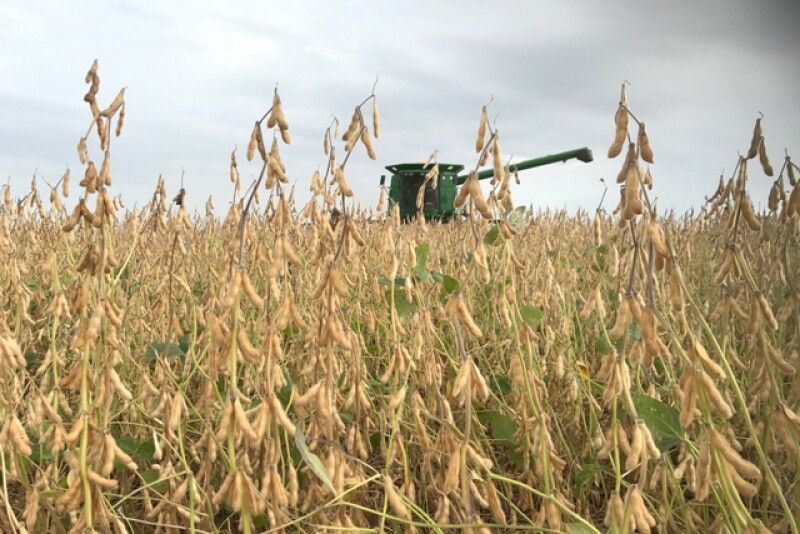USDA issued their updated November crop production forecast on Friday. Acreage changes were rare and limited to less widespread commodities. This puts yield changes as the sole driver for change in forecasted production for corn, soybeans and cotton.
Yields were generally lowered across the southeast, with Kentucky and Tennessee seeing some of the largest decreases in yield overall. Disease pressure and a very dry end to the growing season are likely culprits for the decrease in yield from the September report.
Compared to the south, the corn belt saw relatively stable yields. The eastern corn belt saw yields change 1 to 2 bushels in both directions. The western corn belt was slightly more varied, with Iowa and Minnesota seeing slight declines. Further west, yields across the plains saw slight increases.
Soybean yields were mostly slightly lower to steady in most major production areas. The exception to this is in Nebraska and Kansas, both of which saw modest increases. The cut to soybean production assisted futures markets, who saw a sharp rebound on Monday morning.
Cotton yields saw sharper changes than usual for the November report, which should not be entirely unexpected considering the October report was not released this year. Yields across the country were up, although the largest increases were focused in New Mexico and the Mississippi Delta. If realized, yields in Arkansas, Louisiana, and Missouri will be records for their state.




